Five Fast Facts
ABOUT
THE HIGHLY SUBSIDIZED FEDERAL CROP INSURANCE PROGRAM
- CROP INSURANCE IS THE MOST EXPENSIVE FARM SAFETY NET PROGRAM
The Congressional Budget Office (CBO) projects that the federal government will spend $9.5 billion on the federal crop insurance program in FY2022. Actual costs, however, can be much greater than projected. In 2011 and 2012 the total bill for providing this agricultural subsidy program was $25.3 billion.
- MOST “CROP” INSURANCE GUARANTEES EXPECTED REVENUE NOT CROPS
70 percent of federal crop insurance policies are revenue policies, protecting farm businesses from dips in anticipated revenue, rather than from crop loss due to unexpected weather or disease. Farm businesses can obtain insurance policies guaranteeing as much as 85% of the revenue they anticipate. Through a feature known as Harvest Price Option, most of these policies retroactively increase revenue guarantees if prices are higher at harvest than anticipated at planting (they do not reduce guarantees if prices are lower.)
- FARMERS PAY FOR ONLY A FRACTION OF THEIR INSURANCE PREMIUMS
On average, federal taxpayers foot the bill for 62 percent of the premiums charged by crop insurance companies. These premium-support subsidies are paid directly to crop insurance companies and totaled more than $66 billion in the last ten years.
- FARMERS MAKE MONEY FROM BUYING CROP INSURANCE
Over the last ten years, agricultural businesses received $50 billion more in insurance payouts than they paid in insurance premiums. For every $1 of premium paid by a farm business, producers received $2.27 in payments. In fact, in a number of states, farmer-paid premiums have failed to cover the cost of indemnities every single year since 2012. This includes Arkansas, Texas, California, and, except for 2012, North Dakota and Georgia.
- TAXPAYERS ACTUALLY PAY INSURANCE COMPANIES TO SELL CROP INSURANCE
Taxpayers not only pay farmers to buy crop insurance, they also pay crop insurance companies more than $1.5 billion a year to sell policies and do the paperwork to pay out claims.

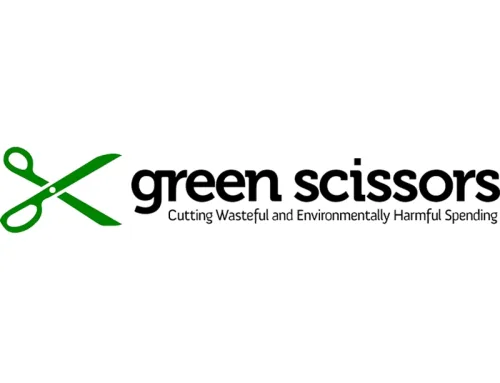

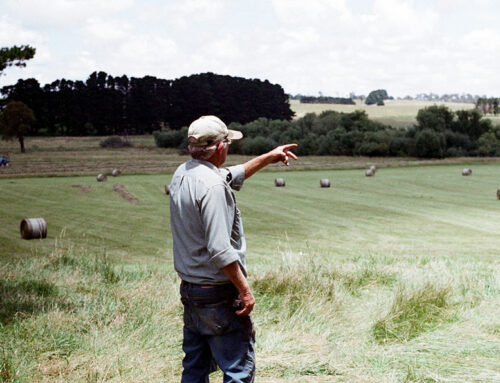
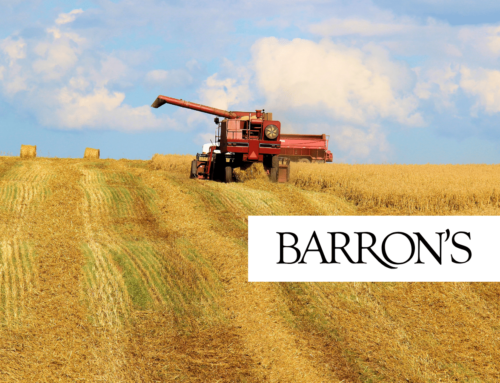
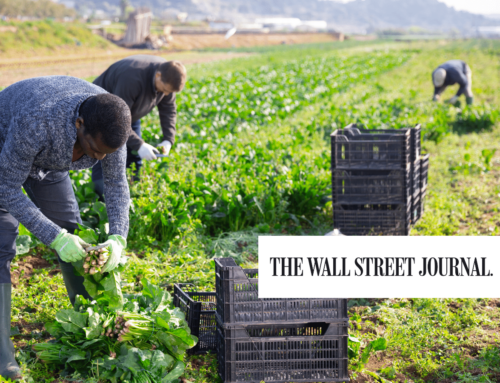
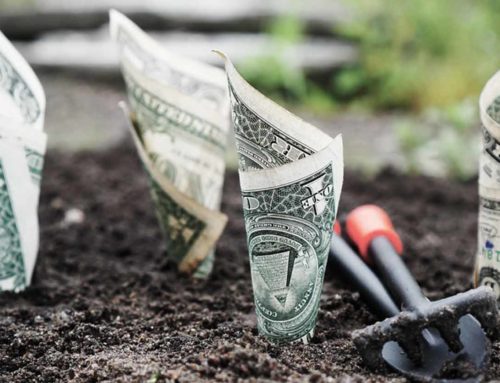




Get Social